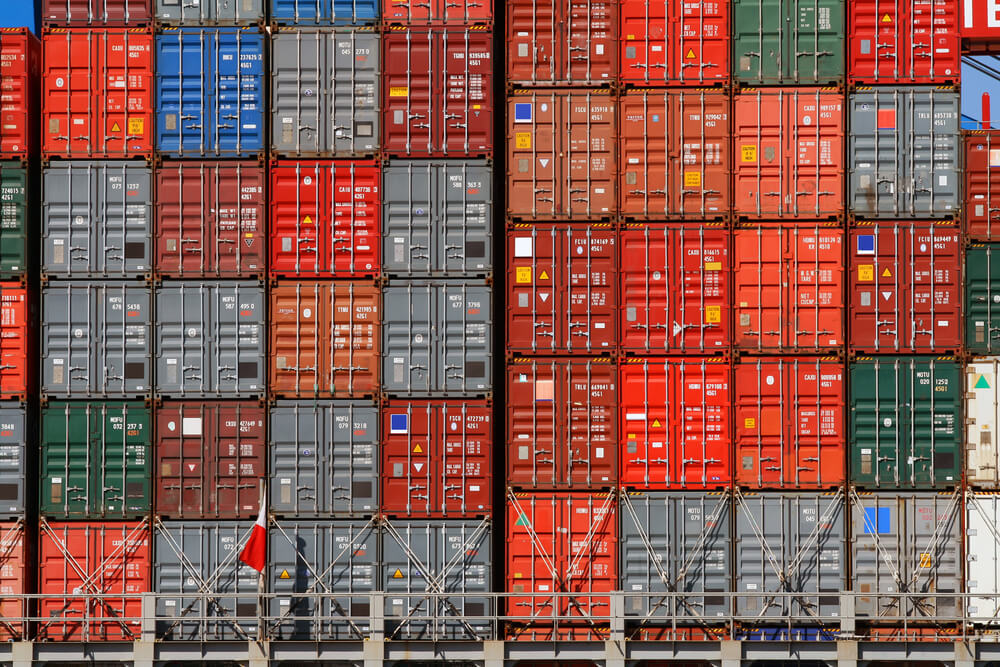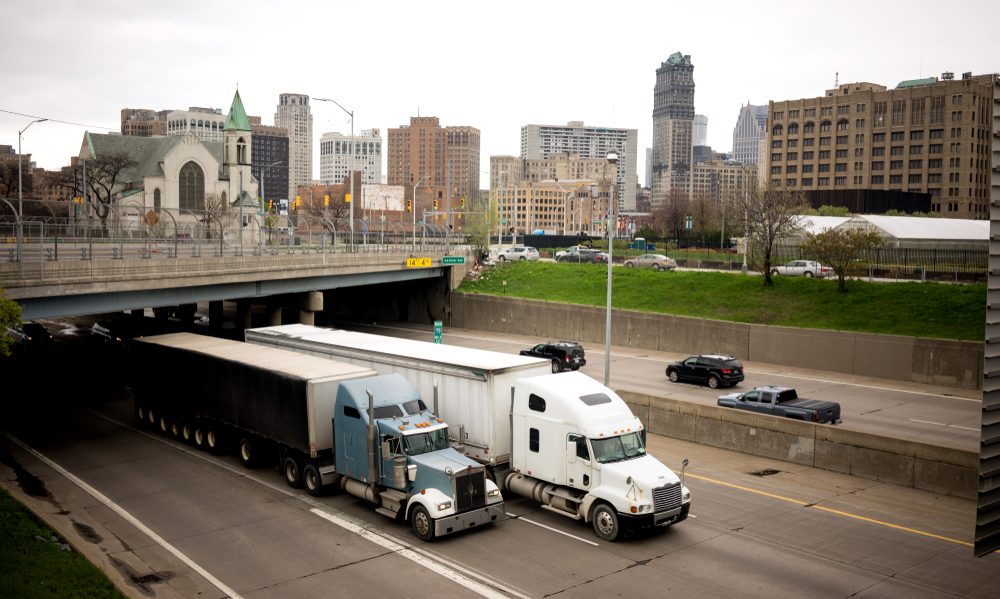
The sight of more than 100 container ships idling off the coast of Los Angeles and Long Beach shined a spotlight on a growing West Coast problem. California’s largest ports had become overwhelmed with imports from China and Southeast Asia and radical logistic changes were overdue.
One of the proposals to alleviate congestion at the ports of Los Angeles and Long Beach involves the creation of the California Inland Ports (CIP) project. The plan calls for developing four inland logistics hubs centered around Sacramento, Bakersfield, Los Angeles, and the Central Valley. Although no site has gotten the green light yet, these logistics centers would effectively mirror the successes of similar hubs in Europe and Asia. Each facility would evolve into a trade center spread out over 3,000 to 6,000 acres.
“Everything has been so siloed. The CIP project is looking to marry the public and municipal requirements with the needs of manufacturing and industry. I think it’s just been fascinating to watch and to see how the interest has grown over time, and more and more people are coming to the table and expressing interest and support of the project as we move it forward,” Lois Yates, a partner at GLDPartners, reportedly said. “So, we’re very comfortable with the thought that this probably will move forward very easily within the next year.”
Other proponents, such as Adam Wasserman, managing partner at GLDPartners, see nothing but positives that include shorter trucking routes, streamlined intermodal transportation, and even environmental benefits.
“Government has got the message loud and clear, that it is a challenge that needs to be tackled and that California is taking it very seriously,” Wasserman reportedly said. “We have spoken to local businesses, agricultural exporters, and truckers, among others, and they have told us that if these developments happen, ‘we would locate there’.”
The project’s cost for infrastructure hovers around $30 billion in private investment. How much taxpayer money would be leveraged to seed the project remains unclear. But the total cost of trade port hubs has been estimated at $835 billion.
Wasserman also indicates a 425-mile stretch of inland logistics facilities through the state’s Central Valley would be an environmental boon. Part of the reduced environmental impact stems from fewer and shorter tractor-trailer opportunities. Much of the containers typically hauled by truckers would be moved via rail. That’s largely how inland port advocates got environmental organizations to back their play.
“This California inland port system would cut greenhouse gases, significantly improve air quality, reduce road congestion, boost traffic safety and advance California’s extraordinarily large intra-state freight movement system,” the San Joaquin Regional Planning Agencies reportedly stated.
It seems there’s a big upside for a wide range of companies should the California inland ports project receive approval — everyone except truck drivers.
Sources: joc.com, intermodal.org











Already doing it in sc and ga , CA behind the times
Not as easy to do in CA like it is dinky ole sc and ga.
If California does it, it will be a cluster f–k. It’s how they operate.